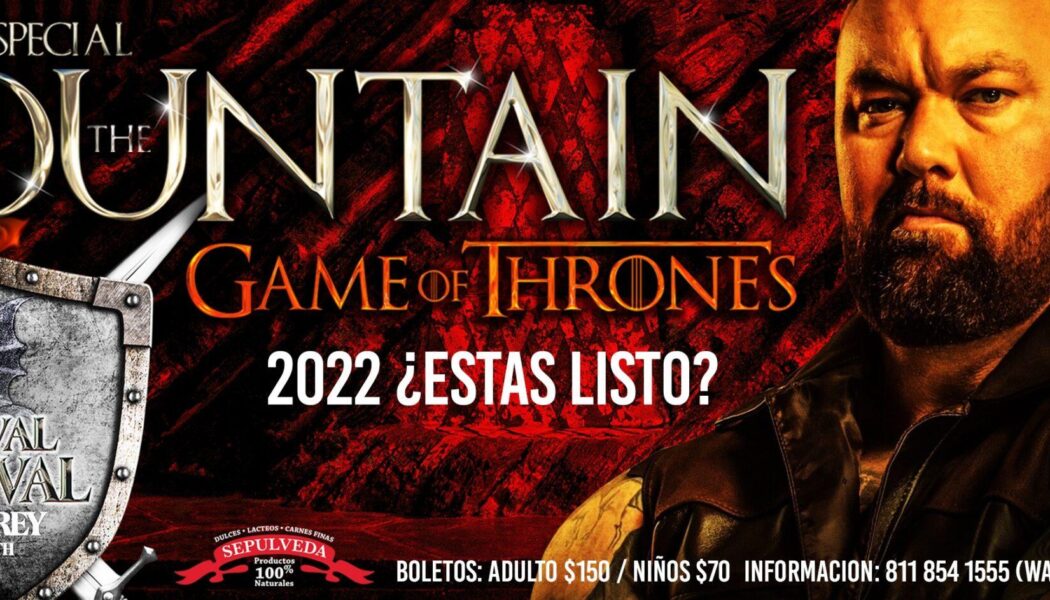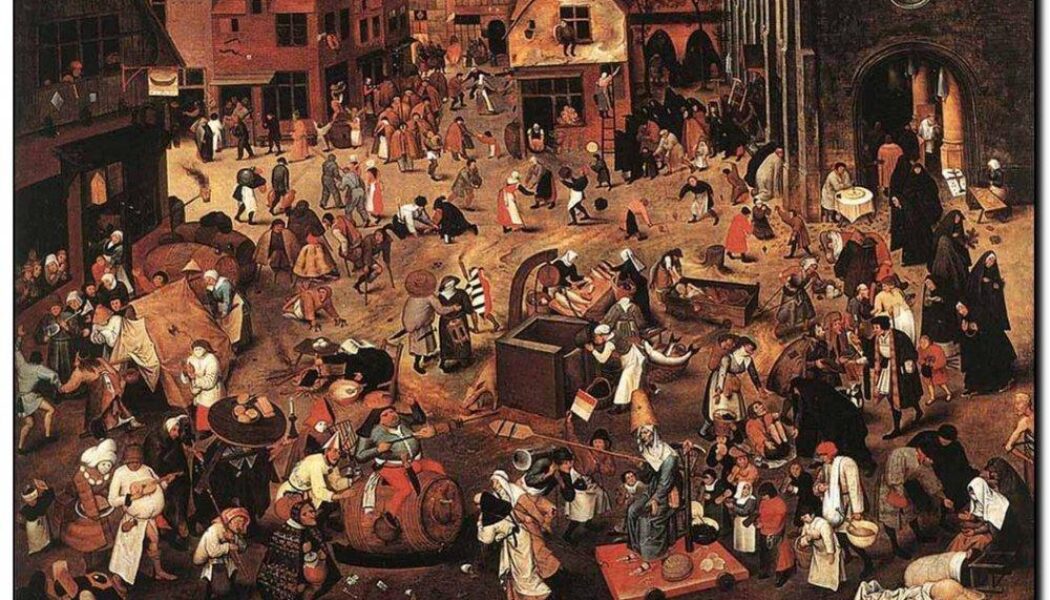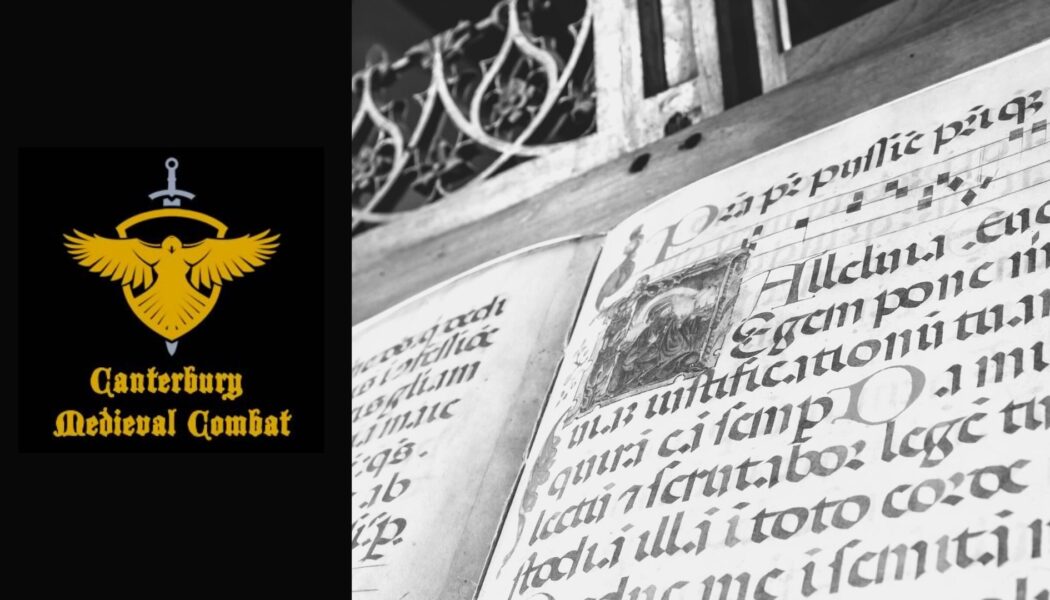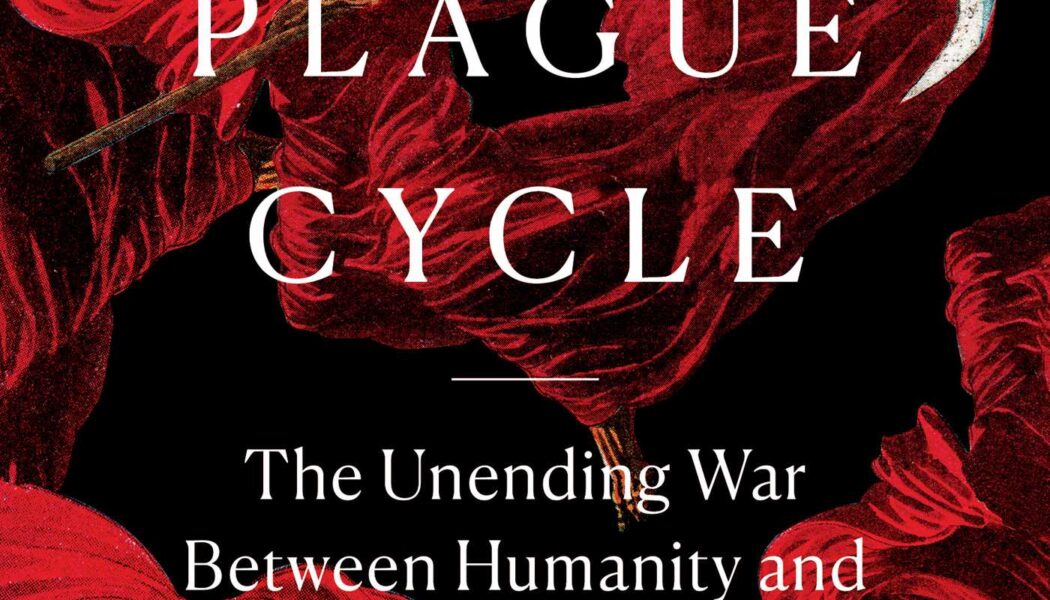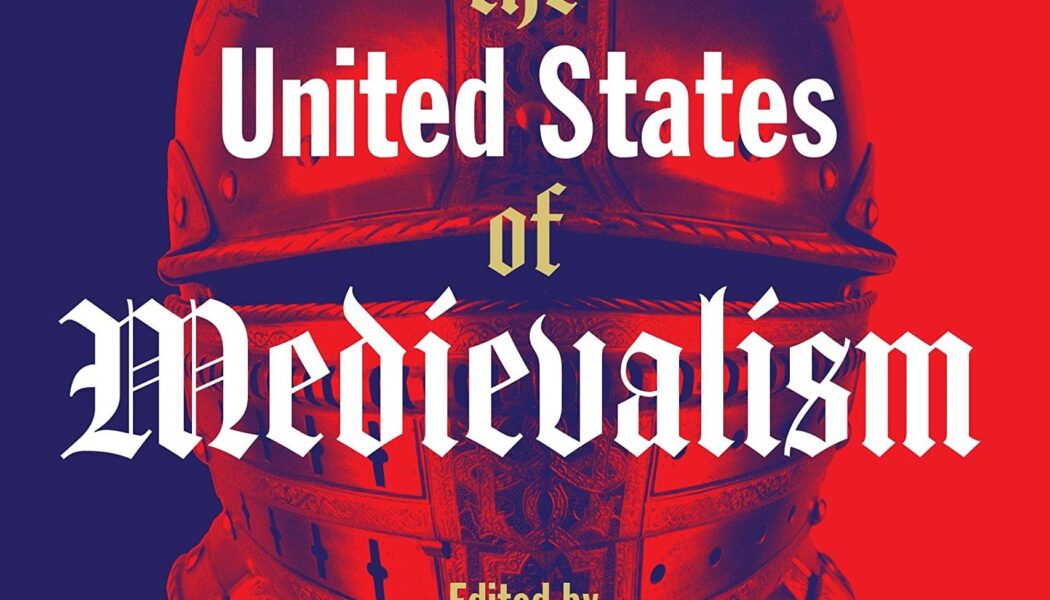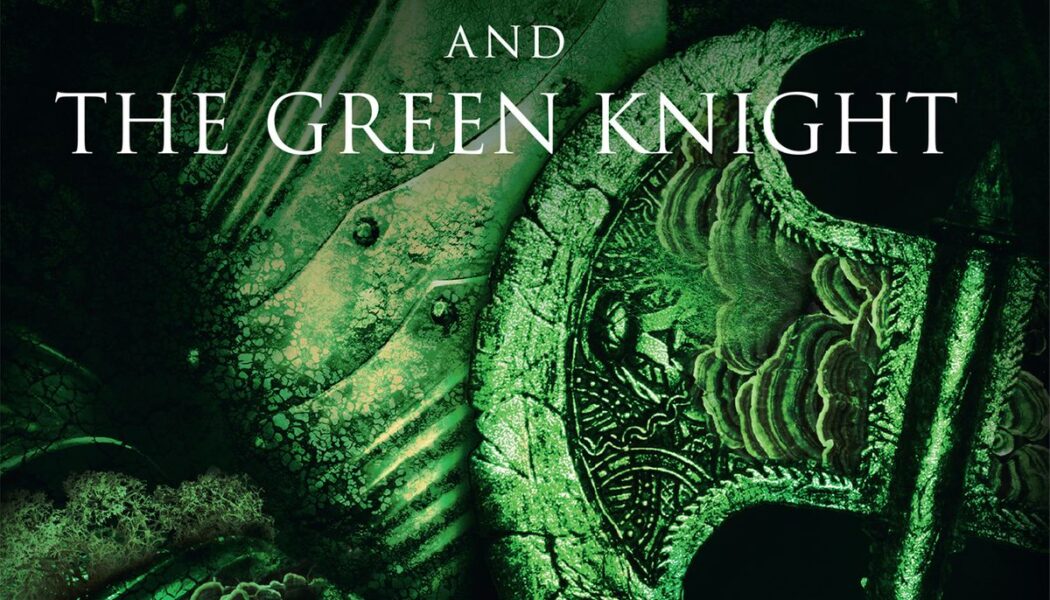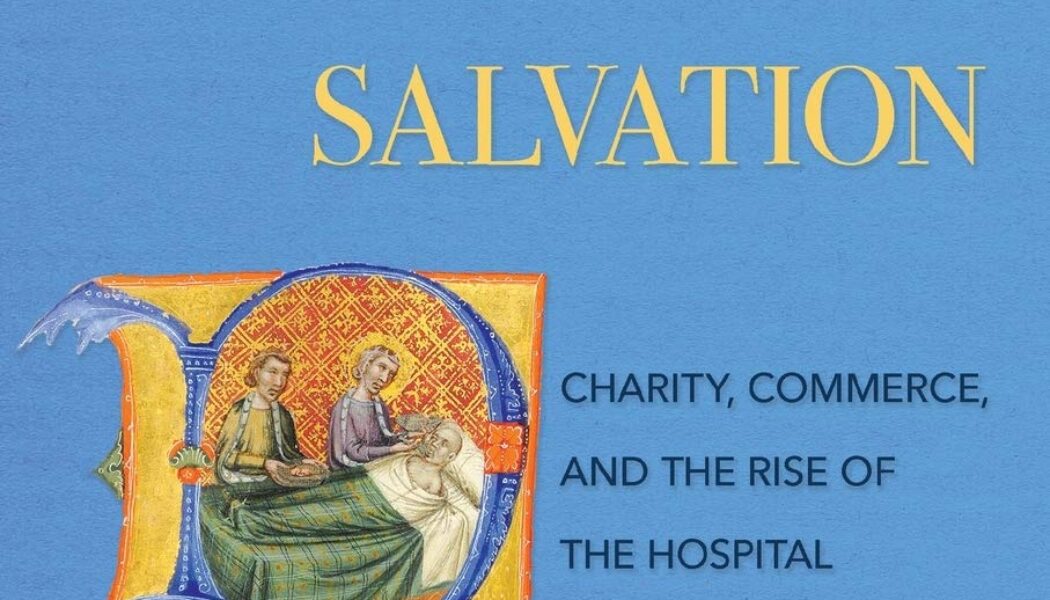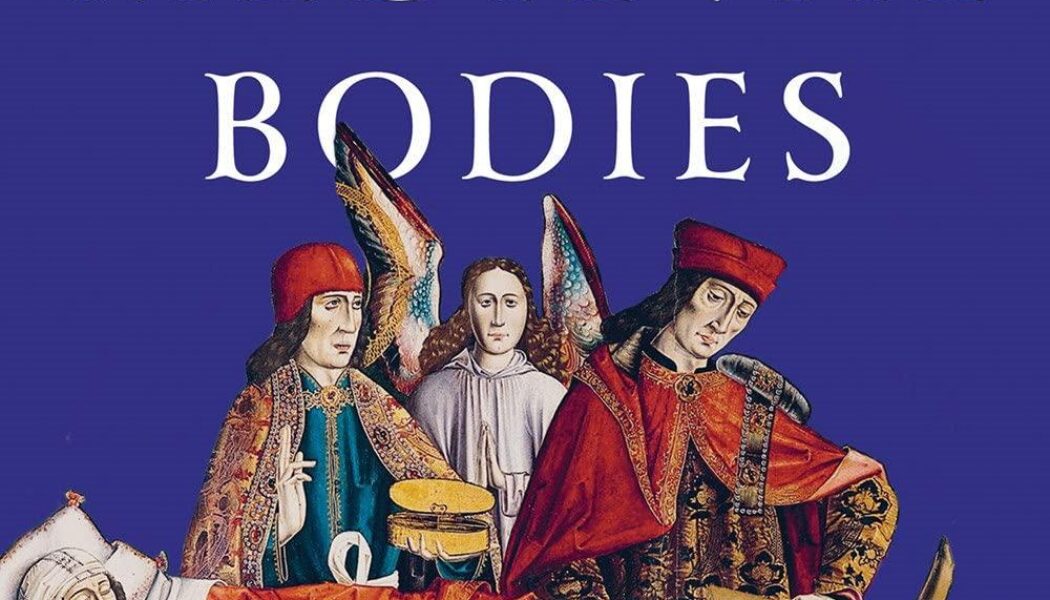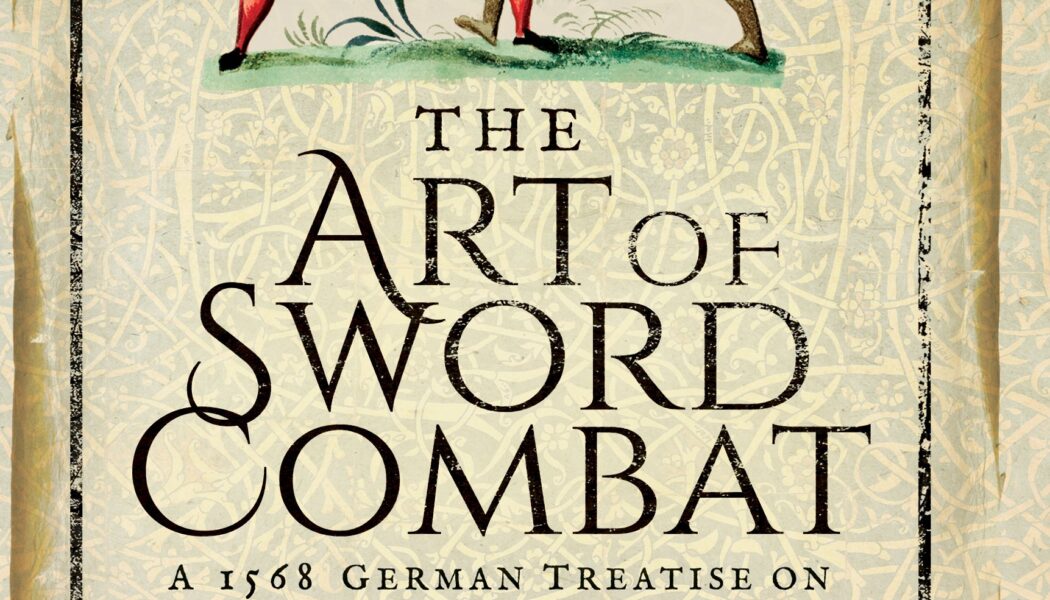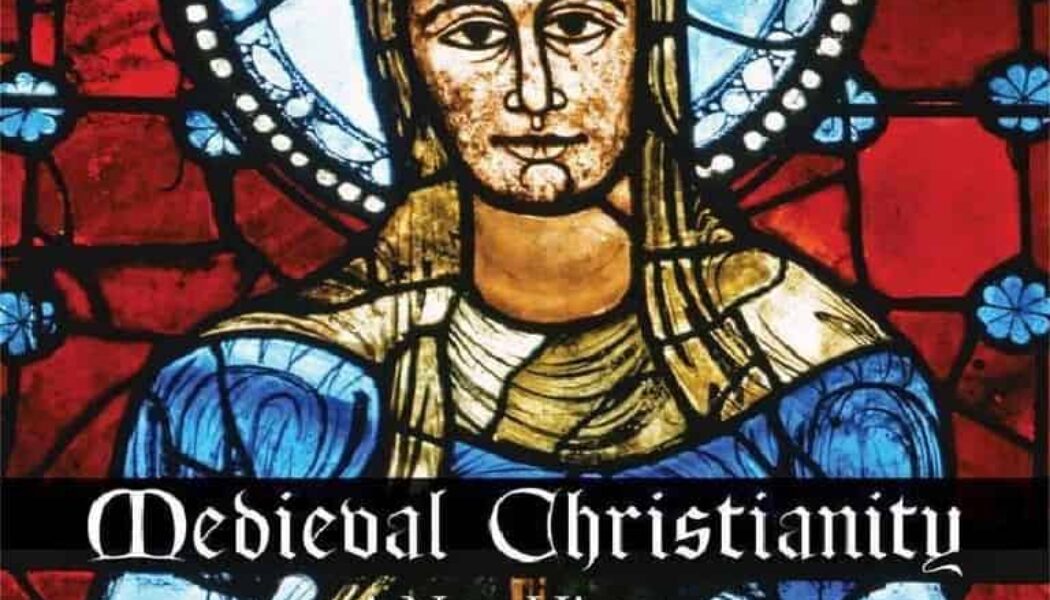medieval
Gran Festival Medieval Mty 2022
Regresa Gran Festival Medieval Mty en su edición No.8 con invitado especial internacional de la serie #GOT "LA MONTAÑA" ven con toda tu familia a Cintermex.
Out with the old, in with the new!
The time to say goodbye to 2021 and to welcome in 2022 is here! The time has come to attend parties, to eat special New Year’s foods, singing, dancing and general reverie to usher out the old and to ring in the new. But where do these festivities originate from? From time immemorial, various civilizations around the world have been celebrating the start of the new year, typically having the first day of the new year align to an agricultural or astronomical event. In Europe though, most modern western New Year’s festivities start on the eve of December 31, the last day of the Gregorian calendar, and continue into the early hours of January 1 (New Year’s Day). However, the official date for the turning of the year has differed wildly in the past. But why the 1st of January? One of the earlie...
Medieval Manuscript Workshop
As medieval combat students, we are always referring to the manuscripts of the medieval period, but how were they actually made and how long did it take to create a page or image?
The Plague Cycle: The Unending War Between Humanity & Infectious Disease
For four thousand years, the size and vitality of cities, economies, and empires were heavily determined by infection. Striking humanity in waves, the cycle of plagues set the tempo of civilizational growth and decline, since common response to the threat was exclusion—quarantining the sick or keeping them out. But the unprecedented hygiene and medical revolutions of the past two centuries have allowed humanity to free itself from the hold of epidemic cycles—resulting in an urbanized, globalized, and unimaginably wealthy world.
The United States of Medievalism
In its exploration of a seemingly distant period, this collection challenges the underexamined legacy of medievalism on the western side of the Atlantic. Full of intriguing case studies and reflections, this book is informative reading for anyone interested in the contemporary vestiges of the Middle Ages.
Sir Gawain & the Green Knight, Pearl, & Sir Orfeo
Interpreted in a form designed to appeal to the general reader, J.R.R. Tolkien’s vivid translations of these classic poems represent the complete rhyme and alliterative schemes of the originals. This beautifully decorated text includes as a bonus the complete text of Tolkien’s acclaimed lecture on Sir Gawain.
The Bookseller of Florence: The Story of the Manuscripts That Illuminated the Renaissance
The Renaissance in Florence conjures images of beautiful frescoes and elegant buildings—the dazzling handiwork of the city’s skilled artists and architects. But equally important for the centuries to follow were geniuses of a different sort: Florence’s manuscript hunters, scribes, scholars, and booksellers, who blew the dust off a thousand years of history and, through the discovery and diffusion of ancient knowledge, imagined a new and enlightened world.
The Medieval Economy of Salvation: Charity, Commerce, & the Rise of the Hospital (2019)
In The Medieval Economy of Salvation, Adam J. Davis shows how the burgeoning commercial economy of western Europe in the twelfth and thirteenth centuries, alongside an emerging culture of Christian charity, led to the establishment of hundreds of hospitals and leper houses.
Medieval Bodies: Life and Death in the Middle Ages
With wit, wisdom, and a sharp scalpel, Jack Hartnell dissects the medieval body and offers a remedy to our preconceptions.
The Art of Sword Combat: A 1568 German Treatise on Swordmanship
The manuscript, produced in Strassburg around 1568, is illustrated with thirty watercolor images and seven ink diagrams. The text covers combat with the long sword (hand-and-a-half sword), dusack (a one-handed practice weapon comparable to a saber), and rapier. The manuscript’s theoretical discussion of guards is one of the most critical passages to understanding this key feature of the historical practice, not just in relation to Meyer but in relation to the medieval combat systems in general.
Italian Renaissance Courts: Art, Pleasure and Power
In this fascinating study, Alison Cole explores the distinctive uses of art at the five great secular courts of Naples, Urbino, Ferrara, Mantua, and Milan.
Medieval Christianity: A New History
This new narrative history of medieval Christianity, spanning the period 500 to 1500 CE, attempts to integrate what is familiar to readers with new themes and narratives.

